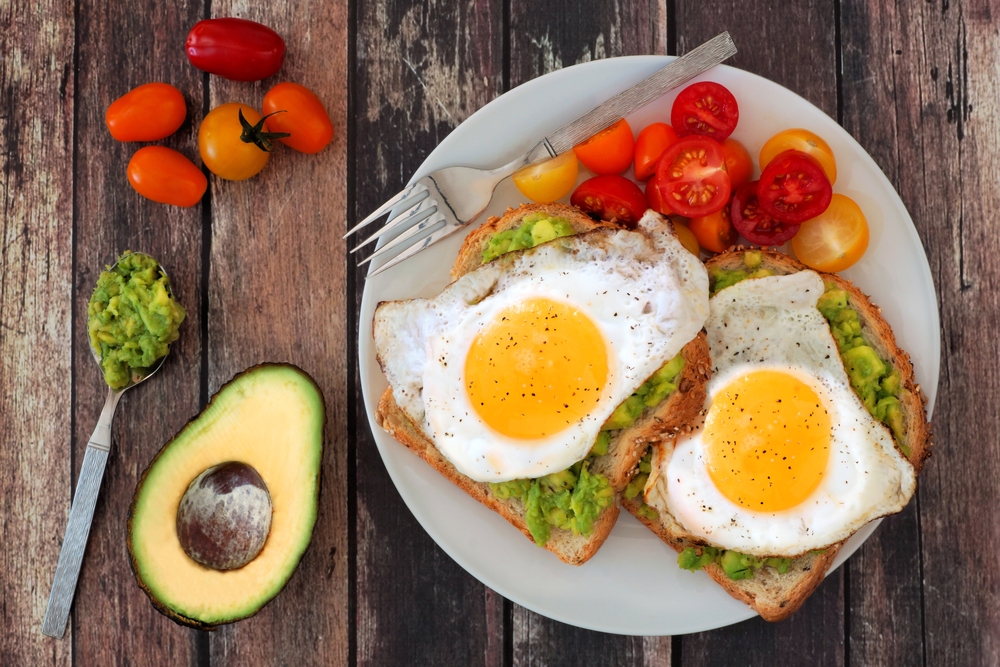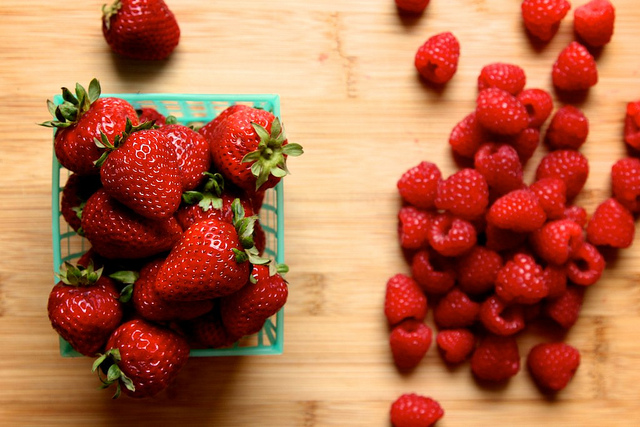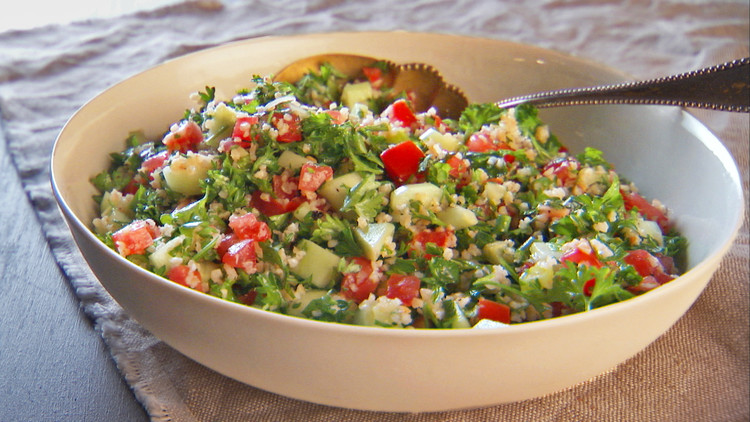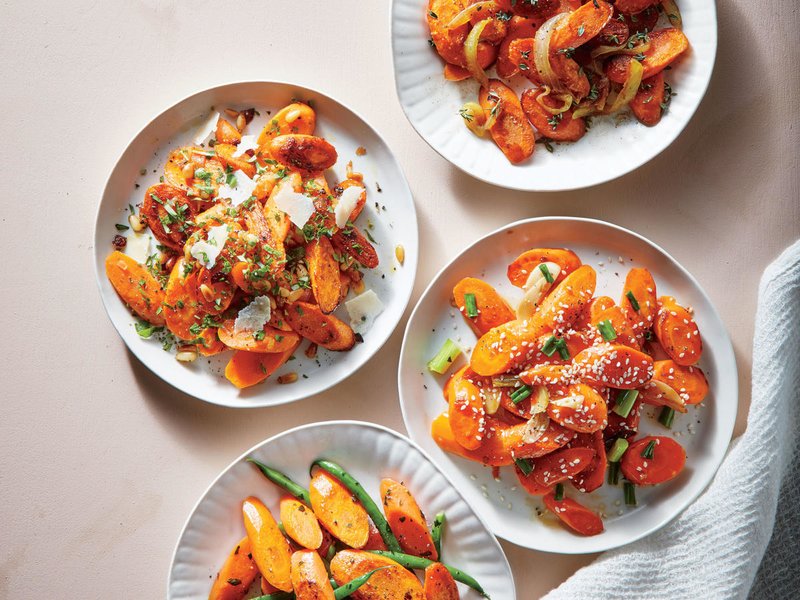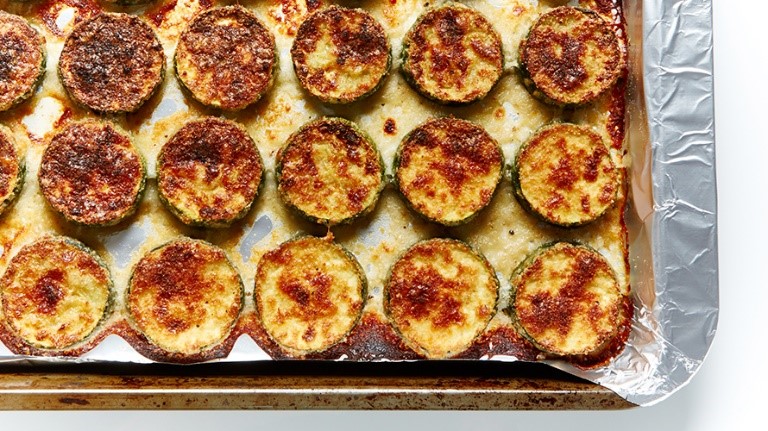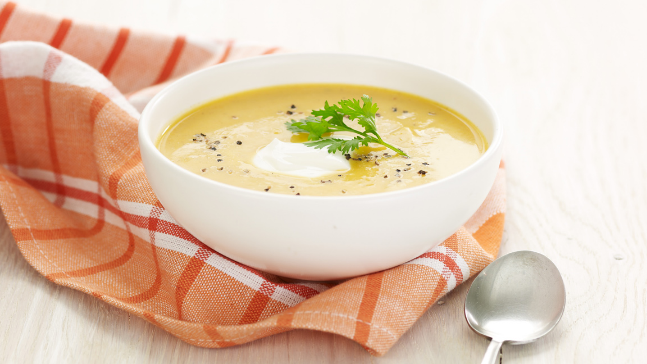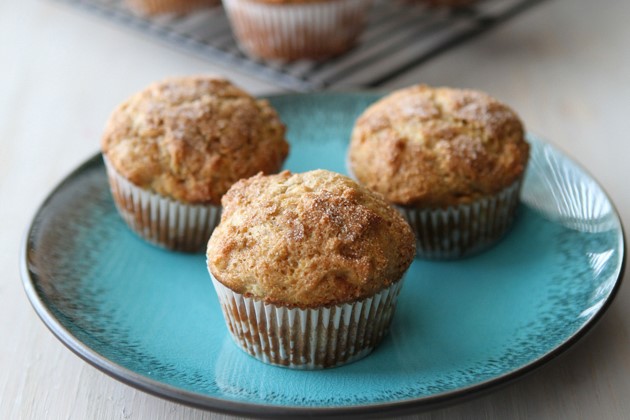There’s no better time to celebrate breakfast than in September during National Breakfast Month! Breakfast is often a low priority meal for some people but eating breakfast has many benefits. Eating breakfast not only helps control weight but it can also help guide us towards healthier eating throughout the day. A healthy breakfast provides your body with what it needs after a night of fasting and can help create a positive impact on your overall health.
It’s that time of year again! Kids are going back to school and it’s important to start each day off right. The American Dietetic Association states that children who eat a healthy breakfast are more likely to have better concentration, be more creative, be more active, and have less sick days from school. A complete breakfast should be a well-balanced meal of protein, carbohydrates, and fats. Having a well-balanced breakfast is vital to helping maintain stamina and prolonging hunger throughout the day.
Healthy Breakfast Ideas:
- Breakfast sandwich made with a whole grain English muffin, turkey bacon, egg whites and low-fat cheese.
- Oatmeal with skim milk topped with fresh fruit
- Whole wheat bread with peanut butter, small banana and a glass of low-fat milk.
- Breakfast parfait made with low-fat yogurt, fruit and low-fat granola.
Yogurt Parfait

Ingredients (1 Serving)
1 (6 oz.) container low-fat yogurt, fruit flavored or vanilla, divided
1/4 c. mixed berries, fresh or frozen, thawed
1 T. granola cereal or plain, unsalted nuts
Directions
Place half the yogurt on the bottom of a glass or paper cup.
Place the mixed fruit on top of yogurt.
Add the rest of the yogurt.
Top with granola cereal or nuts
